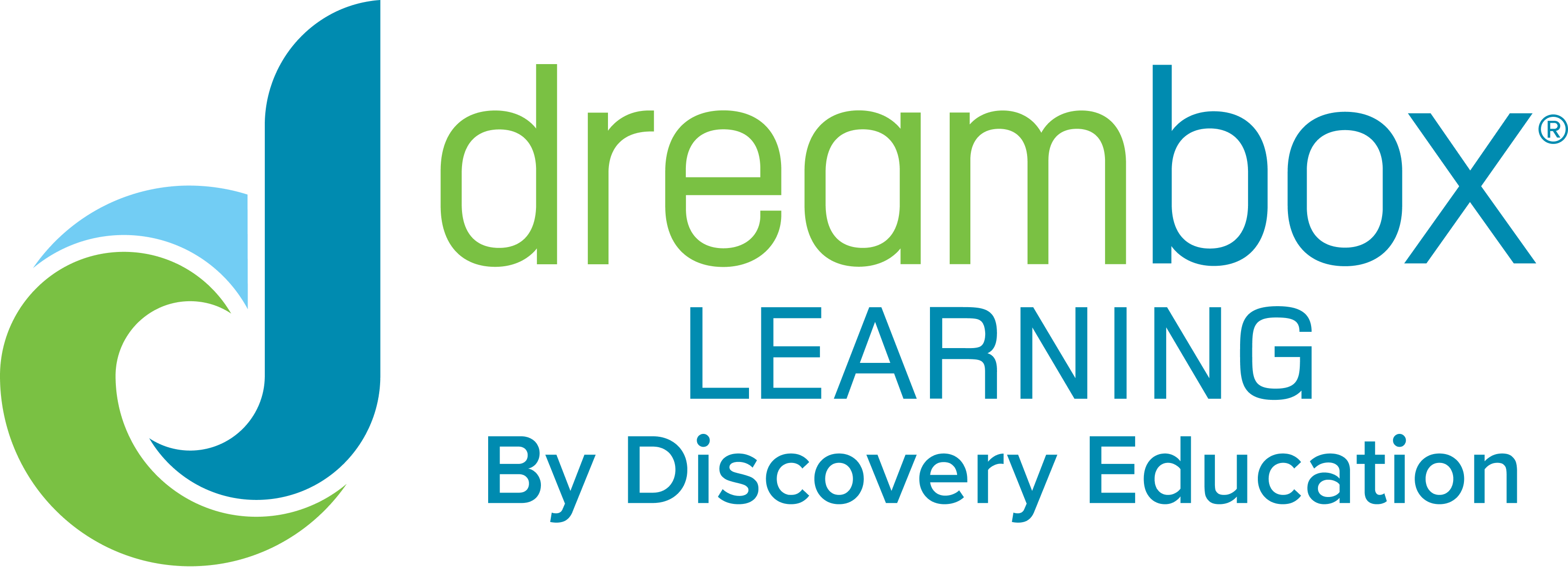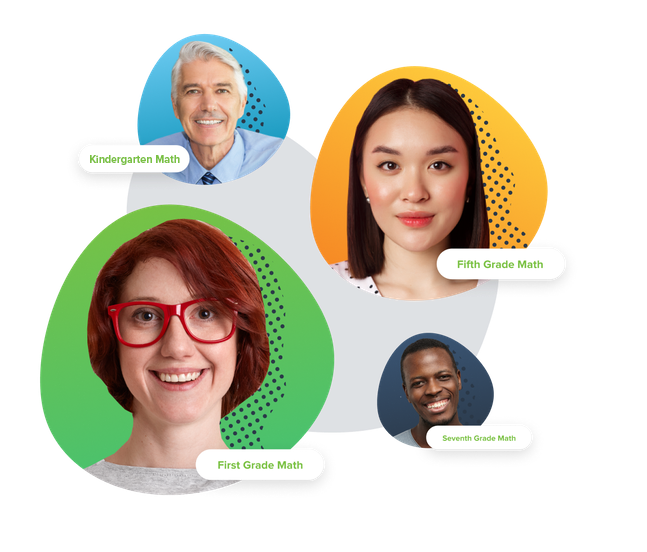Blogs
Remediation, acceleration, intervention: What’s the difference, and when should educators adopt each strategy?
February 10, 2023
SHARE NOW
Students’ learning needs are more diverse than ever. In a single classroom of 30 students, an educator may encounter 30 distinct levels of abilities, different skill sets, and various individual learning styles. With such variation, it can be difficult for educators to fully address each student’s unique needs. Educators must keep all students on positive learning trajectories, responding to individual student struggles while simultaneously working to meet education goals for all students in a classroom.
When educators identify struggling students or discover that student groups are not meeting learning goals, they must determine which strategy is the best way to respond. When is it appropriate to provide targeted intervention? When should teachers remediate instruction? What does accelerated learning look like, and when should educators implement a broader learning acceleration approach? Because each instructional approach requires a different learning environment, time investment, and resource allocation, it’s critical that educators employ the right approach, at the right time, for every student. This blog addresses some of these questions and can help ensure all three methods are being used to their full potential within a learning ecosystem.
At a high level, what is learning remediation?
At its core, remediation is simply reteaching material. Often a teacher will discover through formative assessment that a large population of students don’t understand a concept or skill that has been previously introduced. Once a teacher has determined exactly what the misconceptions or gaps are, they must quickly remediate instruction (reteach material) to prevent students from needing more targeted intervention in the future.
When is remediation appropriate?
If students have failed to understand a concept that has already been taught, it’s possible the first approach missed the mark. Teachers must modify and adjust this initial attempt to build on previous lessons and focus on the specific misunderstanding students experienced the first time. When providing remediated instruction, it’s critical that teachers recognize why remediation was necessary and use a different approach moving forward.
Most educators use some level of informal remediation in their everyday instruction. This is often in the form of reviewing material again or refreshing students on a skill they’ll need to understand a new skill.
What is learning acceleration?
Accelerated learning is an approach that allows educators to teach all students at-level coursework, and provide just-in-time support when students need help with a critical skill that may have otherwise prevented them from accessing grade-level content. This method builds on what students already know to learn new, grade-level material. Studies have shown that when students tie background knowledge to new information, they are better at making inferences and can retain the new information more effectively.
What does learning acceleration look like in a classroom?
During instruction, teachers build in stopping points to diagnose and address any gaps in understanding in context of the grade-level material. During lessons, students tap into their prior knowledge and teachers provide instruction for the prerequisite skills that students need at a pace. By using this approach, teachers can determine which skills are necessary to work at grade-level and fill in gaps as they teach versus spending time reteaching skills that may not be critical for students to move on to the next concept.
Is learning acceleration effective?
In theory, accelerating learning can help struggling students demonstrate grade-level mastery because it breaks them out of a cycle of repeatedly reviewing below-grade-level concepts. Recent research from TNTP suggests that the brain is flexible enough to allow for these quick pivots in instruction, and that when students who have fallen behind are given grade-level work along with stronger instruction and higher expectations, they catch up faster than students who don't receive grade-level material. The study also found that students who worked in accelerated learning classrooms during the pandemic demonstrated better learning outcomes than students who worked in remediation classrooms.
Where does intervention fit into this?
Intervention is a formal process for providing individual students in need of support with 1-1 or small group instruction beyond regular classroom lessons. In most cases, educators use a combination of screening tools and diagnostic assessments to identify students in need of intervention, and they formally set growth goals, and develop a detailed plan for delivering and monitoring intervention services.
How is remediation different from intervention?
Intervention can be similar to remediation as it is reteaching a skill that has been previously introduced, but the material is strategically targeted to meet each student’s specific needs or learning styles. Unlike most remediation efforts, teachers also carefully track progress for intervention efforts in order to measure student growth and program’s efficacy.
What are common intervention frameworks?
Many intervention models include Response to intervention (RTI) or Multi-tiered systems of support (MTSS) frameworks. MTSS is a coherent continuum of evidence-based, systemwide practices and procedures to support a rapid response to academic and behavioral needs. RTI is a multi-tiered approach to helping struggling learners that nestles within MTSS. It focuses on academics and individual students. Within RTI, students’ progress is closely monitored at each intervention stage to determine the need for further research-based instruction or intervention in general education, special education or both.
Because intervention is individualized, it requires educators to invest much more time into identifying each student’s needs, differentiating lessons, and tracking progress. In a traditional intervention model, highly-trained instructors work 1:1 with students to provide the exact type of support they need. Many administrators turn to adaptive technology as a helpful tool to provide personalized intervention support at scale.
Which students need intervention and which students just need a little help from time to time?
Students fit into three intervention tiers; students within Tier I generally get the support they need from regular classroom instruction.
-
Tier III: Intensive level (1-5% of students)
Learners are more than one grade level behind and require individualized, intensive skill-specific intervention with one-to-one or small-group instruction outside the classroom. -
Tier II: Targeted level (5-15% of students)
Learners are behind by one grade level and should receive individualized support. Educators often deliver instruction in small groups and target supplemental instruction and remediation of specific skills or concepts. -
Tier I: Universal level (80-90% of students)
Learners may need basic support, but they can get necessary intervention with high-quality, research-based instruction within the traditional classroom.
Learn how DreamBox Math and DreamBox Reading use intelligent adaptive technology to support your classroom models and drive positive student learning outcomes.
This helpful table provides a summary comparing remediation, intervention, and acceleration:
| Remediation | Intervention | Acceleration | |
|---|---|---|---|
| Skill building | Educators reteach all missing skills to a whole group. | Educators analyze specific missing skills and target instruction in small groups or 1:1. | Educators strategically select specific critical skills just in time for new concepts so students can apply skills immediately. |
| Pace | Students go backward on the learning journey to relearn or revisit missed concepts before they can move on to the next concept. | Educators adjust the learning pace to ensure individual students achieve mastery within a specific skill in order to build better understanding of the next concept. | Educators keep a forward, active pace in the classroom to allow all students to learn grade-level content with their peers. |
| Confidence | Students may perceive themselves in the slow class or may feel they can’t learn content they should have mastered before. | Students often feel supported and getting the attention they need in order to meet learning goals. | Students feel engaged and like they are making the right progress with their peers. |
|
In practice: Third-grade students returning from one year of remote learning. |
Educators start over with last year’s content. Students relearn the skills from second grade. | Educators formally identify students in need of extra support across specific skills. They track intervention efforts and move students into regular instruction as they gain skills. | Educators weave in key second grade-level content just in time as the class works on new grade-level content. They integrate concepts from unfinished learning into new context, and students make connections and accelerate. |










